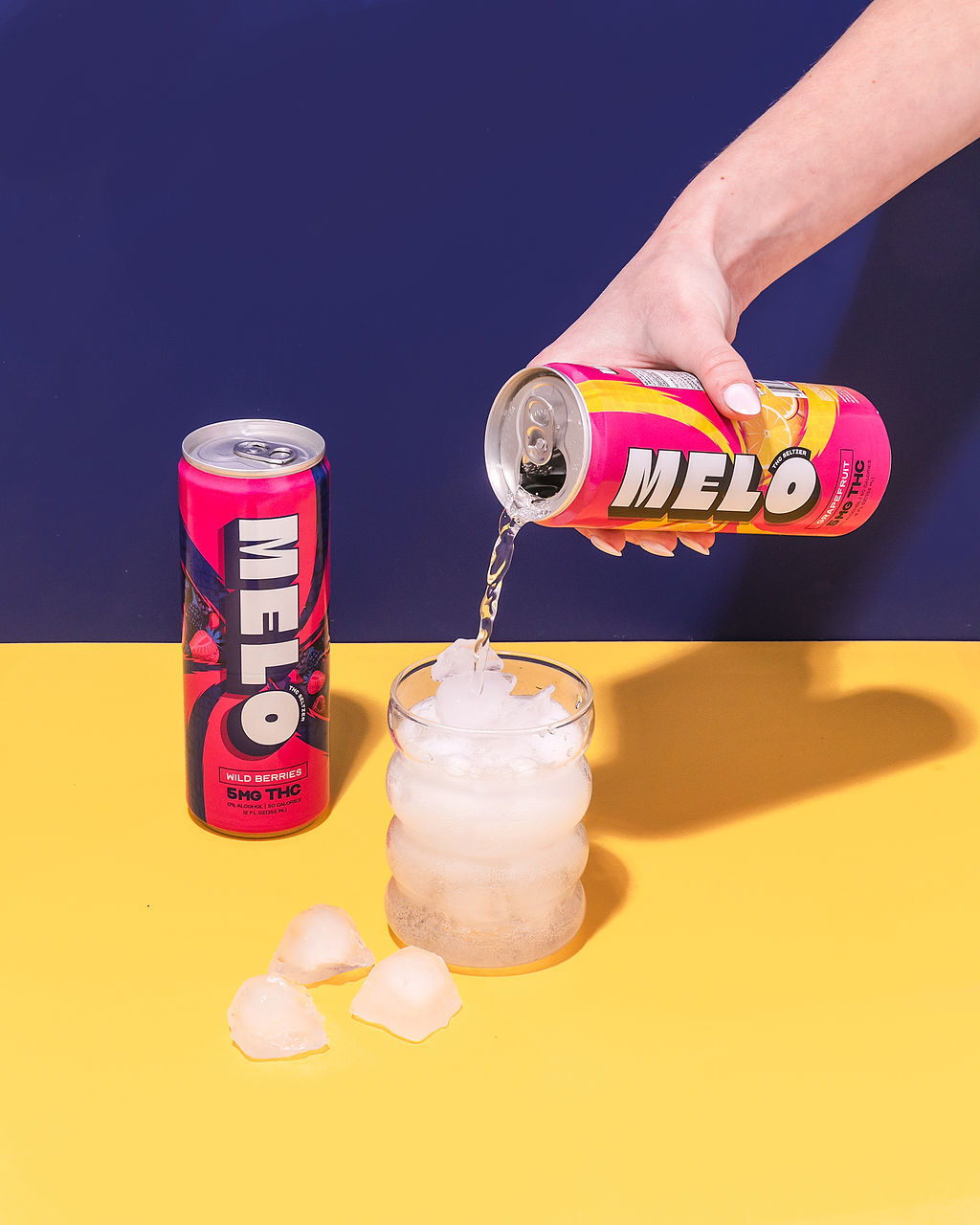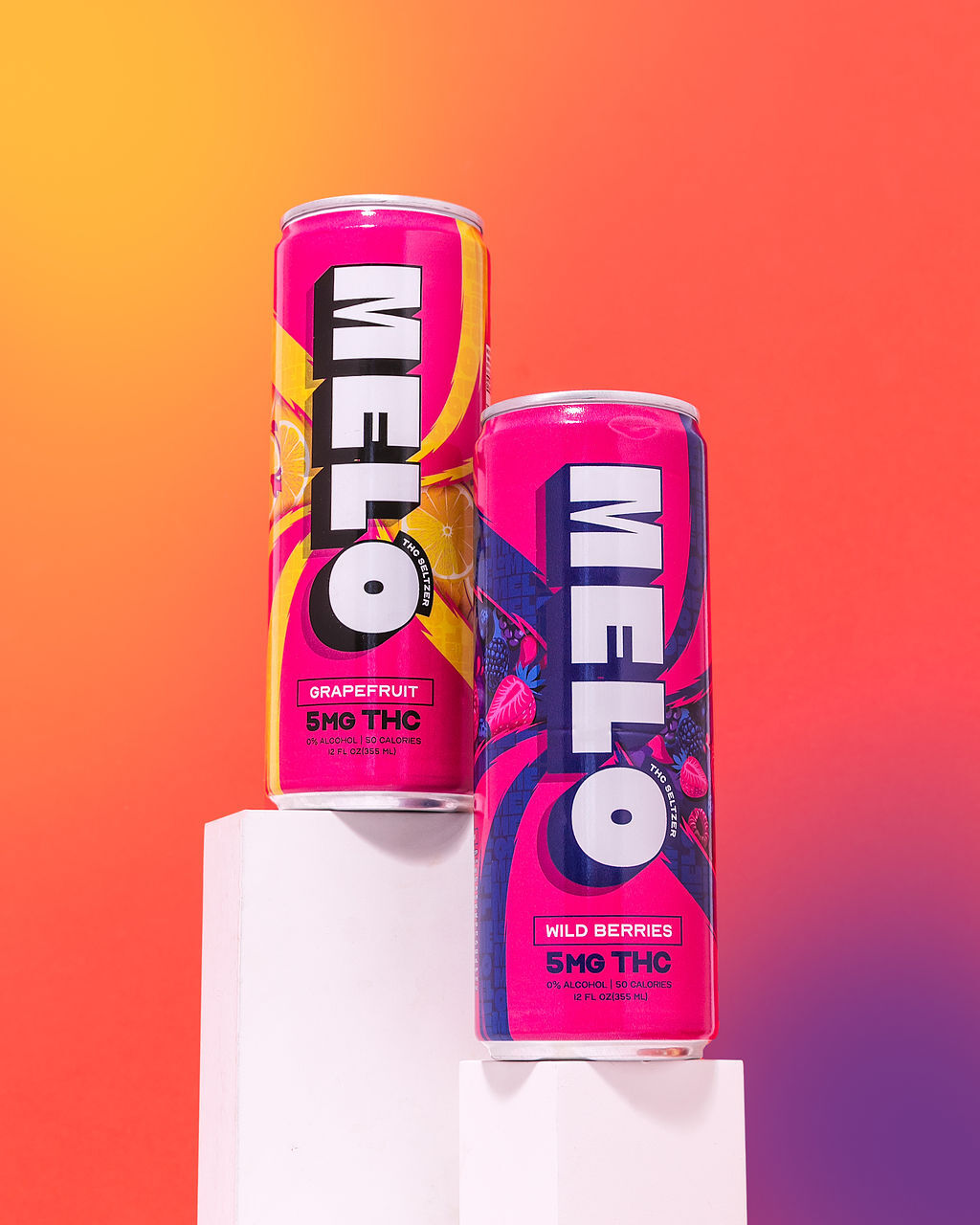How THC Drinks Are Made: A Behind-the-Scenes Look
May 9, 2025
Sourcing the Cannabis
Crafting THC-infused beverages requires careful consideration, starting with the sourcing of high-quality cannabis.
Cultivation and Harvesting
Crafting THC-infused beverages requires careful consideration, starting with the sourcing of high-quality cannabis. The journey from plant to pot begins with selecting the right strain and ensuring it’s cultivated in a controlled environment.
-
Sourcing:
-
Cultivation:
-
Harvesting:
Each step plays a crucial role in determining the final product’s potency, flavor profile, and overall quality.
Extraction Methods
Sourcing high-quality cannabis is paramount. Growers carefully select strains known for their desired cannabinoid profiles and terpene content. These strains are cultivated indoors in controlled environments to ensure optimal growth conditions, minimize the risk of contamination, and maximize potency.
Once harvested, the cannabis undergoes a meticulous drying and curing process to enhance its flavor, aroma, and therapeutic effects.
After careful selection and cultivation, the extracted cannabis compounds are then used in the beverage-making process.
Preparing the Cannabinoid Solution
Preparing the cannabinoid solution is a critical step in crafting delicious and effective THC drinks. This involves extracting the desired cannabinoids and terpenes from the carefully cultivated cannabis plant.
Decarboxylation
There are several methods for preparing a cannabinoid solution, but they generally involve using solvents like ethanol or CO2 to separate the active compounds from the plant material.
The extracted mixture is then filtered and purified to remove any residual plant matter or unwanted components.
A crucial step in this process is decarboxylation.
Decarboxylation involves heating the cannabinoid solution to a specific temperature, typically around 240 degrees Fahrenheit (115 degrees Celsius), for a set period.
This process converts inactive acidic cannabinoids, such as THCA, into their psychoactive counterparts, like THC.
The decarboxylated solution is then concentrated to the desired potency and used as the base for creating various THC-infused beverages.
Oil Infusion
Decarboxylation involves heating the cannabinoid solution to a specific temperature, typically around 240 degrees Fahrenheit (115 degrees Celsius), for a set period.
This process converts inactive acidic cannabinoids, such as THCA, into their psychoactive counterparts, like THC.
The decarboxylated solution is then concentrated to the desired potency and used as the base for creating various THC-infused beverages.
Creating the Drink Base

Before any delicious flavors or mixers can be added, the foundation of a THC drink must be carefully prepared.
Choosing Ingredients
Creating the drink base involves more than just adding cannabis to a beverage; it requires precision and care to ensure both safety and efficacy.
-
Extraction: Cannabinoids, like THC, are extracted from the cannabis plant using methods such as ethanol or CO2 extraction. These methods isolate the desired compounds while removing unwanted plant material.
-
Decarboxylation: The extracted cannabinoids often exist in their acidic form (e.g., THCA). Decarboxylation, a heating process, converts these inactive forms into their psychoactive counterparts (e.g., THC), making them bioavailable for the consumer.
-
Concentration: The decarboxylated cannabinoid solution is concentrated to reach the desired potency level for the final beverage.
Choosing the right ingredients to complement the cannabinoid base is crucial for crafting a delicious and enjoyable THC drink.
Flavoring and Sweetening
Flavoring and sweetening are essential steps in transforming a basic cannabinoid solution into a palatable and appealing beverage. The flavor profile can be tailored to suit various preferences, ranging from fruity and refreshing to earthy and botanical.
Natural fruit juices, extracts, and purees are popular choices for adding sweetness and complexity to THC drinks.

A range of sweeteners can be incorporated, including cane sugar, honey, agave nectar, or stevia, depending on the desired level of sweetness and dietary considerations.
In addition to sweetness, flavoring agents like herbs, spices, and essential oils can add depth and intrigue to the overall taste experience.
Popular choices include citrus zest, ginger, mint, lavender, or vanilla.
Infusing THC into the Beverage
Crafting THC-infused beverages is a meticulous process that begins with selecting high-quality cannabis strains cultivated in controlled environments.
Dosage Control
Infusing THC into beverages requires careful consideration of dosage control for a safe and enjoyable experience.
-
Standardization: Each batch of THC beverage should be standardized to contain a consistent amount of THC per serving. This can be achieved through precise dosing during the infusion process and rigorous quality control testing.
-
Labeling: Clear and accurate labeling is essential. Consumers must know the exact THC content in each serving, allowing them to make informed decisions about their consumption.
-
Serving Size: Serving sizes should be clearly defined on the label to ensure that consumers understand how much THC they are ingesting with each serving.
Mixing Techniques
Mixing techniques play a crucial role in evenly distributing the THC throughout the beverage and ensuring a consistent experience. One common method is infusion, where the decarboxylated cannabinoid solution is mixed directly into the liquid base.
This can be done by heating the mixture gently or using a shaker to create a more thorough blend.
Another approach is to use emulsifiers or lecithin to help break down the oil-based cannabinoids and disperse them evenly in water-based drinks.
This creates a smoother, less oily texture and improves absorption.
Packaging and Distribution
Once the perfect blend of flavor and potency has been achieved, the THC-infused beverage is ready for packaging and distribution. This final stage ensures that the product reaches consumers safely and maintains its quality.
Container Selection
The packaging of THC drinks must comply with strict regulations to ensure consumer safety and prevent misuse.
Containers should be child-resistant, tamper-evident, and clearly labeled with dosage information and warnings.
Common container types for THC beverages include:
-
Bottles: Glass or PET plastic bottles offer good protection against light and oxygen, preserving the quality of the product.
-
Cans: Aluminum cans provide a lightweight and durable option that is also recyclable.
-
Pouches: Flexible pouches are becoming increasingly popular due to their convenience, portability, and space-saving capabilities.
The chosen container should be compatible with the beverage’s ingredients and intended shelf life.
Distribution of THC drinks involves adhering to stringent regulations at both the state and federal levels.
Licensed dispensaries are typically the primary retailers for THC-infused beverages, ensuring that sales occur in a controlled environment and comply with age restrictions.
Direct-to-consumer shipping may be available in some jurisdictions where it is legal.
Legal Compliance
Packaging and distribution are critical aspects of bringing THC drinks to market. Strict regulations govern these processes to ensure consumer safety, prevent misuse, and maintain the product’s quality.
-
Legal Compliance: Packaging must comply with state and federal regulations regarding child-resistant closures, tamper evidence, clear labeling of THC content and warnings.
-
Container Selection: Suitable containers like glass bottles, aluminum cans, or flexible pouches must protect the beverage’s quality while meeting safety standards.
Distribution channels are strictly controlled:
-
Licensed Dispensaries: Primary retail outlets for THC drinks, ensuring age verification and compliance with regulations.
-
Direct-to-Consumer Shipping: May be permitted in some jurisdictions where legal.
Buy cannabis drinks for a smooth high
- The Top THC Seltzer Brands Right Now - December 7, 2025
- The Role Of Collagen Stimulation In Bum Filler Results - December 4, 2025
- The Evolution Of Vista Edge Vape: What’s New In The Latest Version? - December 1, 2025
